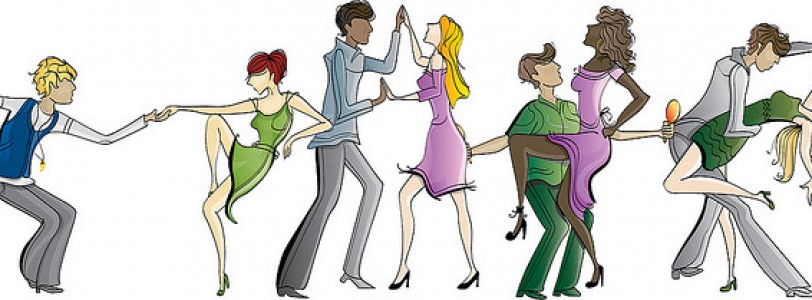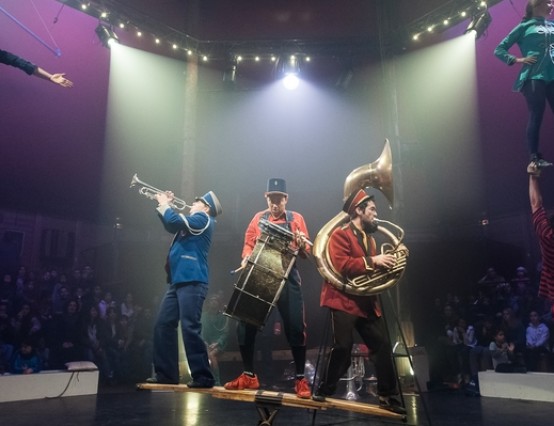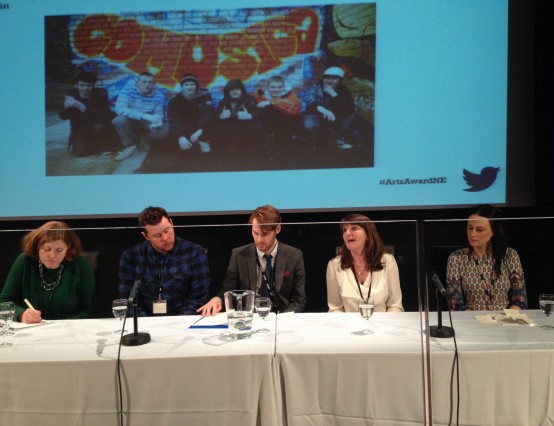Dance is an art form that speaks though the visual and the physical. Visual contemporary art is often accompanied with a written description and most dance works do have a program note of some sort supporting the work and its origins but dance is one of the few art forms where the voyeur can just sit, watch and listen to the physical vocabulary of the dancers. Due to the fact there is no language barrier with the work, the movement speaks for itself, does this mean that dance travels better than film or music?
Over the years dance has expanded from solely ballerinas pirouetting through Tchaikovsky's music accompanying the stories of The Nutcracker (1892) or Swan Lake (1875)to that of Merce Cunningham's chance technique and Martha Graham's contractions, inversions and flexed feet that lead their revelation into modern dance in the 1980s. Developments such as these have lead to the creations of the contemporary dance pieces that we see today both on stage and screen. Dance artists such as, Akram Khan Company, DV8 Physical Theatre and Hofesh Shechter Company have all successfully toured internationally both on stage and screen with no impediment to the work through language.
It is true that blockbuster films such as the Lord of the Ringseries (2001 – 2003)and the Harry Potter series (2001 – 2011) have been so successful that they have traveled to cinemas all across the world either accompanied with subtitles or with a recasting of the original voices in a particular language. In addition, we must not forget that the books they originated from have been translated into several different languages too. However this shows that for the work be appreciated the work, be it cinematic or linguistic, it has to be changed from its original to be appreciated.
From a musical point of view, the melodies and harmonies of instrumental music speak in a similar tone to that of dance. The rinse and fall of the scores allow the listener to be guided in a subjective way, allowing them to add their own perception of the work, very similar to dance. However with lyrical or popular music the language barrier strikes again. Artists such as Beyoncé have recorded songs in different languages but most music produced in the West is sung in English and is broadcasted in English across the world. The musicality is enjoyed worldwide but lyrics may need a translation to be experienced.
What all these paradigms have in common is the role of the audience. Audiences of any art form want to be able to digest what they are experiencing in order to appreciate it or in some cases question it. Even though popular music and film are easier to travel across the world due to their medium and have dialect as their main communicator, they do have to change from their original to be appreciated but with dance, the work speaks for itself. Dance needs no translation.










Soundtrack, 2D art (painting/drawing/illustration, animation, etc.), 3D art (sculpting, 3D modeling, etc.), the culinary arts, architecture, and more are just as universal as dance because they too rely only on things that almost all humans have, their basic senses. You are right about books though, only being universal if translated.
When choosing my creative outlet, my number one priority was making sure everyone, no matter what origin, could enjoy my work without special altering. Now, of course having something more universal does not make it better than another form of art. It's just that I have different priorities when looking at how I want to express myself. Alas, the more universal an art form becomes, the more vague it becomes as well. For instance, dance can be interpreted in so many different ways just like painting or music. With writing on the other hand, you can be so precise with details that you can create an entire world in your head. So for anyone wondering what art you want to pursue, take that into account. Do you want to be crazy accurate but not reach as many people or do you want to leave your work up to more interpretation for many?